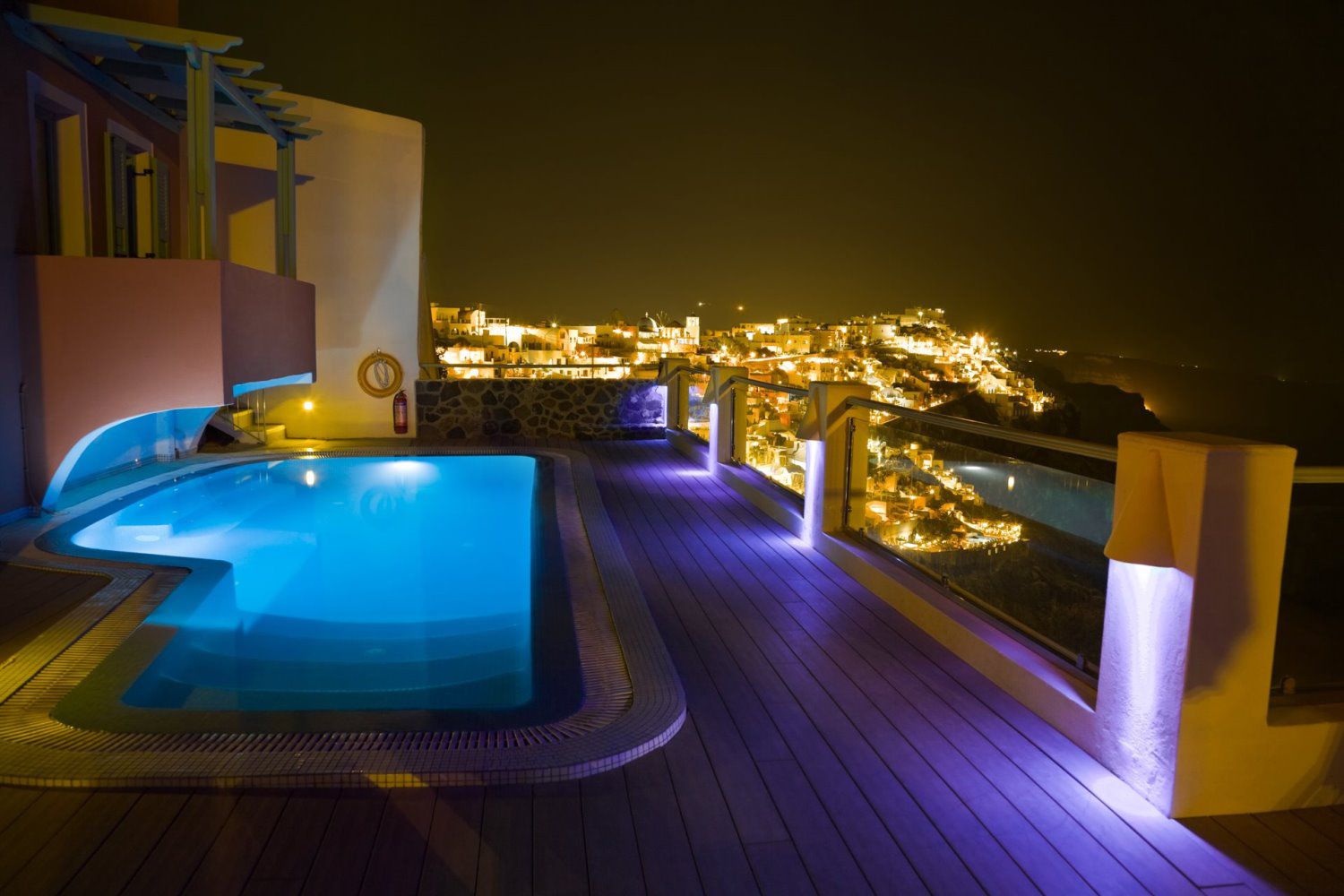

The strong lights typically used for entrances and to illuminate large areas, such as driveways and decks, are powered by a 120-volt current. A qualified electrician must wire them directly to your circuit box and the cables, held within a protective conduit, must be buried at least 18 inches below ground. If you have these fixtures, make sure they are UL-listed and approved for outdoor use. The 120-v outdoor lights are also preferred for security applications, especially when combined with motion detection.
When less light is sufficient, low-voltage fixtures (12- to 15-v) are the norm. These include accent lights, path lights, and small floodlights. The fixtures are smaller and less obtrusive, use less energy, and are far less worrisome when in wet locations. They can also be plugged into an outdoor receptacle, making them more affordable to install.
Entry lanterns or sconces: 120-v fixtures that mount beside doors. They should be either frosted glass or shielded to prevent glare. Their size should be proportional to the height and width of the entry area (often defined by a portico).
Recessed lights: 120-v fixtures typically installed in eaves over decks and garage doors. They provide large pools of light but are mostly hidden. Small, low-voltage recessed lights can be used to light stairs, railings, posts, and built-in deck furniture.
Floodlights: 120-v or low-voltage fixtures used to light wide expanses and large interesting objects, such as driveways, stonework, and trees.
Path lights: Usually low-voltage fixtures that illuminate paths by casting small pools of light on the ground. Sometimes, perforations in the light shield allow the lights themselves to be used as guides.
Spot light: Similar to floodlights but with a narrower beam for highlighting a specific object, such as a shrub or statuary.
In-ground light: 120v or low-voltage fixtures that are buried in the ground and covered with a gasketed lens. The beam can be angled slightly to illuminate a wall, tree, or fence.
Hanging or pendant lighting: 120-v fixtures that are frequently used for entry or porch lighting. Low-voltage hanging lights strung in trees, arbors, and pergolas have become popular as decorative accents.
Tip: You can simulate the effect of many of these lights with a strong flashlight. For an up lighting effect, hold the flashlight below the object or surface you wish to light. For a down light effect, hold it above. Hold a reflector, such as a piece of white cardboard over the flashlight and place it beside a path to simulate a path light. If the effects you want to achieve are sophisticated, consider discussing them with our landscape lighting designer.